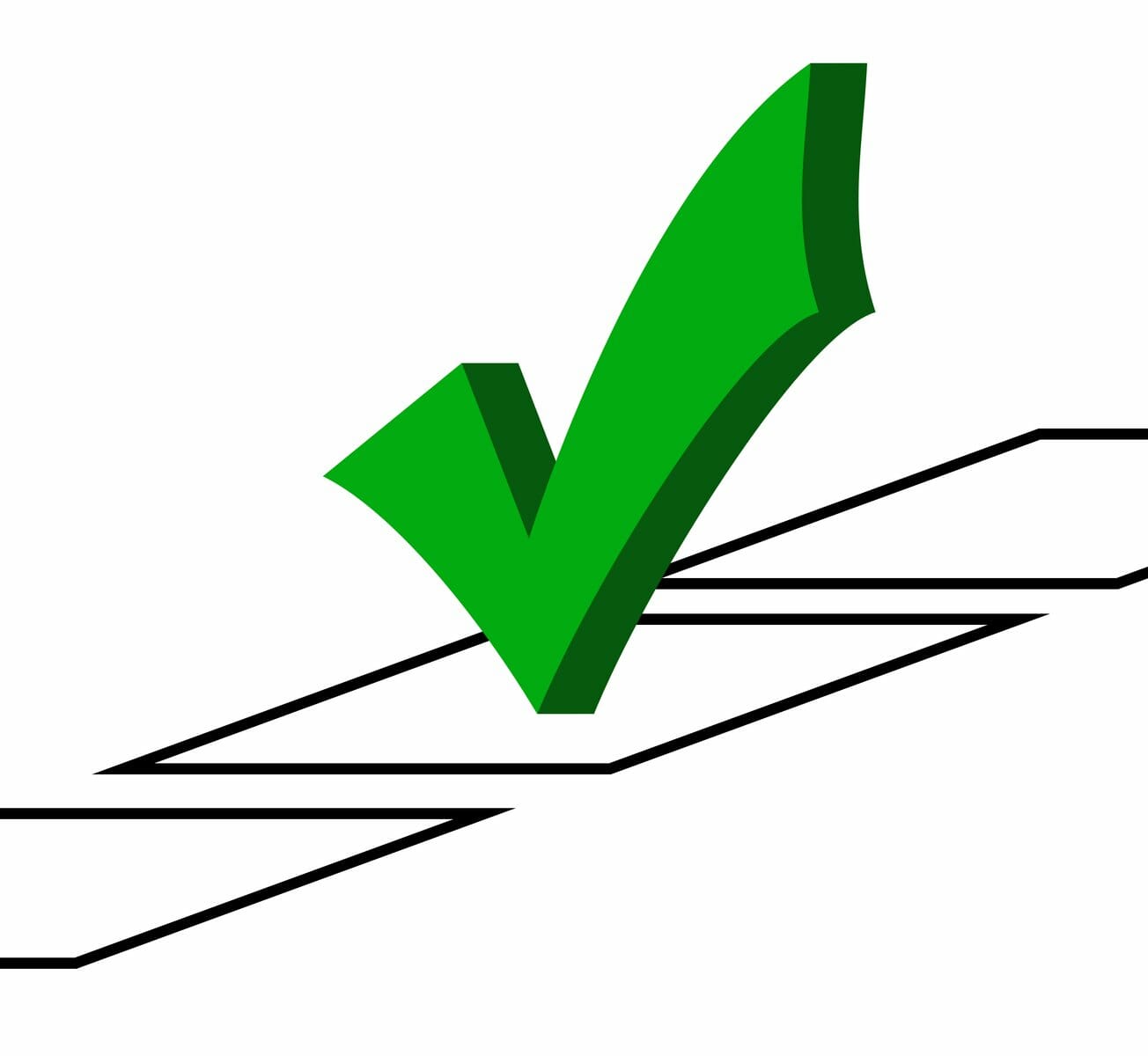Plumbing maintenance is an essential task to ensure that you don’t need to worry about pipe leaks and drain clogs. Our plumbing fixtures are a vital part of the modern home, so you need to minimize the risk of an issue compromising performance. Additionally, even a minor leak can result in a spike in your utility bills, forcing you to spend more money simply because you have poor fixture efficiency. So, here are 7 inspection points to help you create an effective plumbing maintenance checklist.
Checking for a Water Heater Leak
Research shows that up to 25% of energy consumption is due to heating water. This means that a leak can have a significant impact on your home’s overall efficiency. Not only will a leak mean that you don’t have enough hot water, but it will force the appliance to use more energy. If you see any signs of water puddling around or under your water heater, you should call in a professional to assess your system and address any leak repair issues.
Inspecting For Fixture Damage
In addition to your water heater, there are other fixtures that can be vulnerable to leaks. So, it is important to inspect your fixtures including your sinks, showers, and toilets for cracks or any other signs of damage. Signs of leaks include damp walls, a buildup of moisture and water drips on the floor. It is worth checking your fixtures for any physical damage such as cracks, corrosion or dents that could interfere with performance.
Check Pipe Insulation
Burst or frozen pipes are a massive potential threat in colder weather. Although you can reduce this risk by installing foam insulation, the insulation can be vulnerable to damage. If your insulation has cracked, torn or suffered any other damage, it is a good idea to replace it before the colder weather arrives.
Look for Slow Drainage
Clogs don’t tend to form overnight, so you need to look out for the main warning sign; slow drainage. If your sinks, toilets or tub is draining slowly, it is an indication that a clog is forming. Don’t ignore this sign and call in a plumber to clear any debris before it blocks your drain completely and puts your home at risk of flooding.
Check for Leaky Faucets
EPA data shows that if your faucet is dripping just one drop of water a second, it will add in over 3,000 gallons of wasted water in a year. Leaks often result from worn washers or broken seals that are simple to repair, so if you hear or see a dripping faucet get it repaired as soon as possible.
Test Your Toilet Flushing
While you want your toilet tank to refill quickly if it continues to run it will waste a great deal of water. Flush your toilet and check that the water stops running after the tank is refilled. This is usually due to a damaged seal or problem with the flapper, so if your toilet is continuing to run, call a professional plumber to correct the problem.
Think About Water Treatment
If you live in a hard water area, like the majority of Americans, you may want to think about installing a softener or water filtration system. Hard water minerals can accumulate inside pipes and water using appliances, creating blocked pipes and reducing appliance efficiency. Hard water can also cause damage to fixtures and irritate the skin.
By Giovanni Longo President Flood Brothers Plumbing
Giovanni Longo is a 3rd generation master plumber who has been practicing his craft and trade in the greater Los Angeles area for well over a decade and a half. A plumbing and hydraulics-engineering innovator, Giovanni’s particular world-class expertise focuses on dealing with challenging sewer system designs as well as resolving complex commercial and residential draining issues. As a certified Flood Mitigation expert, he is also well versed in a wide variety of water damage and remediation solution.





